
Nature
16:23, 12-Jan-2019
The Northeast Tiger and Leopard National Park: A refuge for the Siberian tiger
Updated
15:42, 15-Jan-2019
By Li Yunqi
00:43
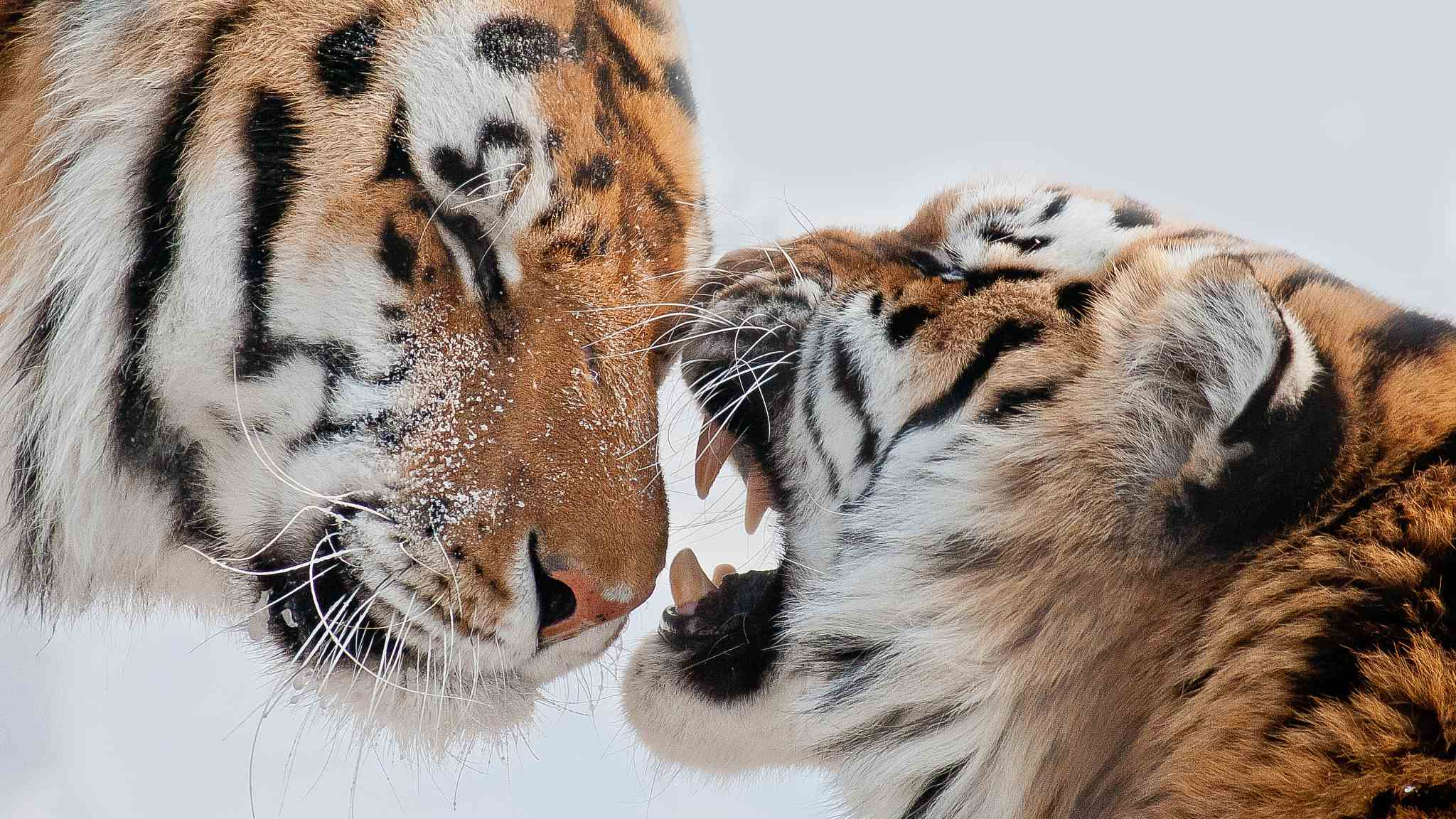
As one of the world's most endangered species, the Siberian tigers are the fierce yet lone kings in the vast forests of eastern Russia and northeast China. There are only about 500 Siberian tigers left in the wild, and around 20 of them live in China.
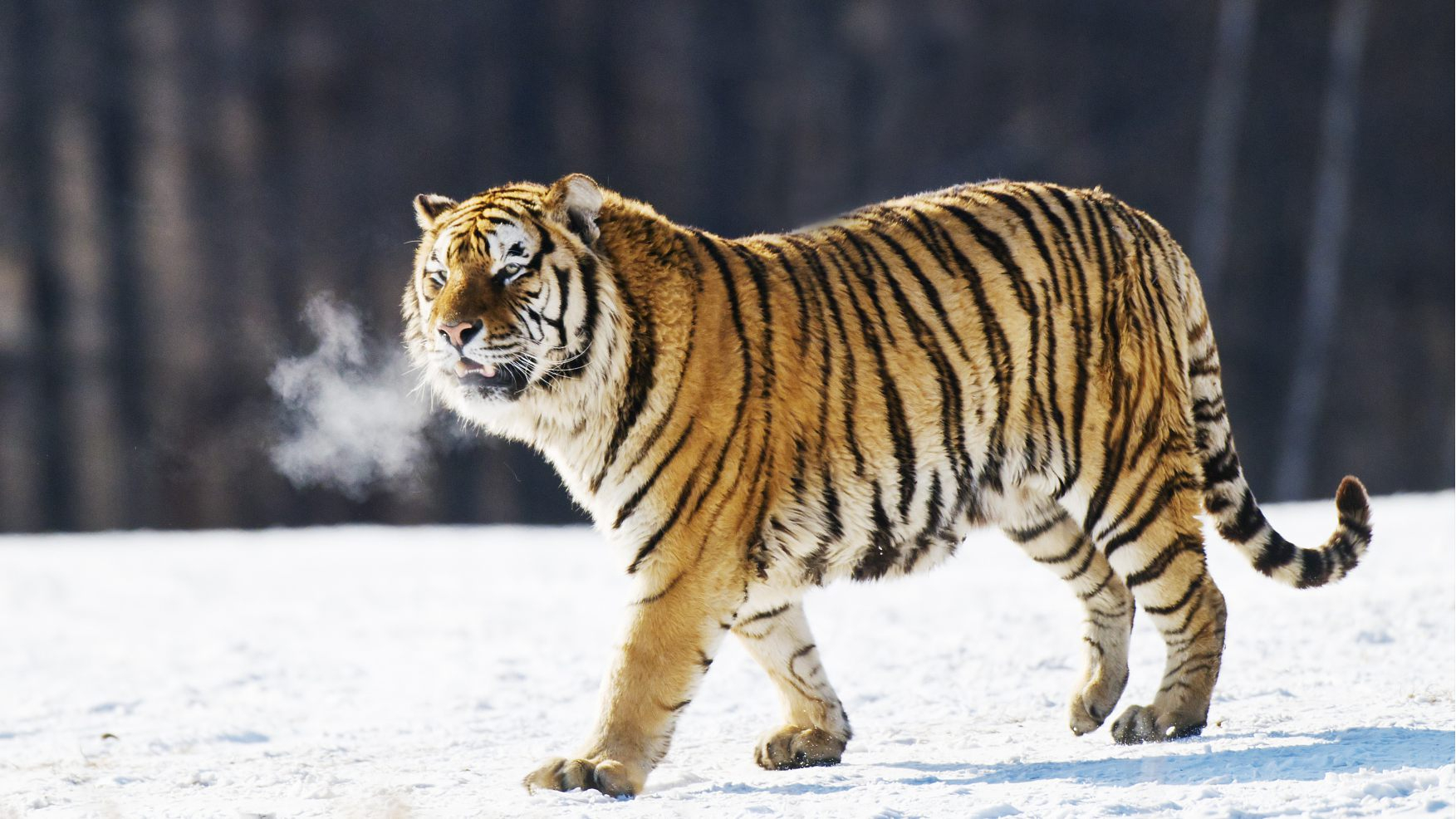
Siberian tiger walking on snow. /VCG Photo
Siberian tiger walking on snow. /VCG Photo
Forest rangers have recently recorded a family of five wild Siberian tigers at the Northeast Tiger and Leopard National Park in northeast China's Jilin Province. Caught on an infrared camera, one mother tiger was playing with four cubs at the Hunchun branch of the park.
The Siberian tigers are considered the biggest cats in the world. The body length of males can reach around two meters and 1.8 meters for females. Their thick fur turns pale in the winter to help them better disguise themselves. In the summer, the fur gets thinner and darker to prepare them for excellent ambushes in dense woods.
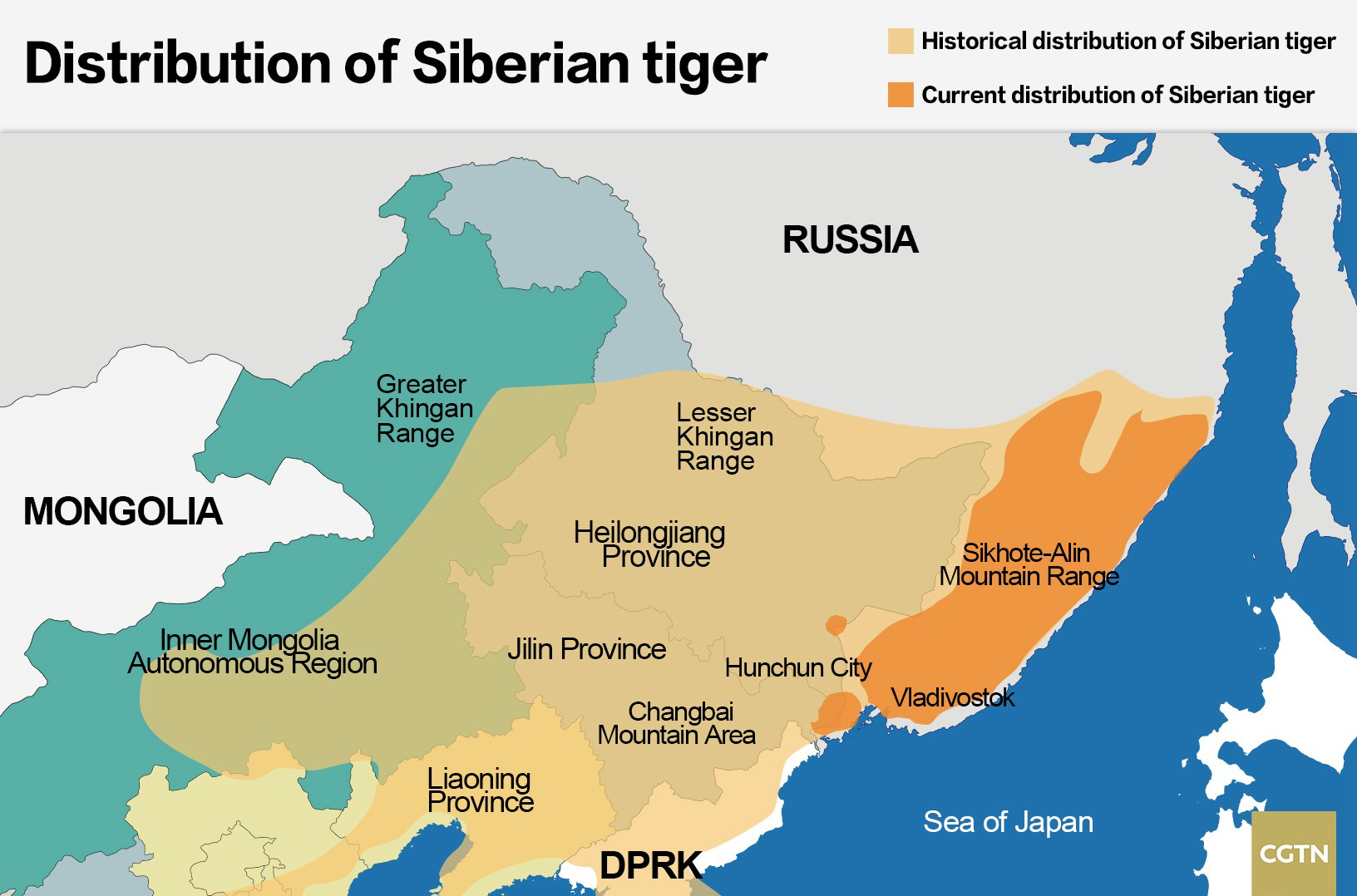
Distribution of Siberian tigers. /CGTN Graphic
Distribution of Siberian tigers. /CGTN Graphic
As one of the 10 pilot projects for China's national park system, the Northeast Tiger and Leopard National Park covers a large area that includes Heilongjiang Province and Jilin Province along the Russia and DPRK borders. The 14,900-square-kilometer park serves as the core habitat for Siberian tigers and Amur leopards in northeast China. Since the establishment of the national park's administration in 2017, the population of wild Siberian tigers in China has increased to at least 27.
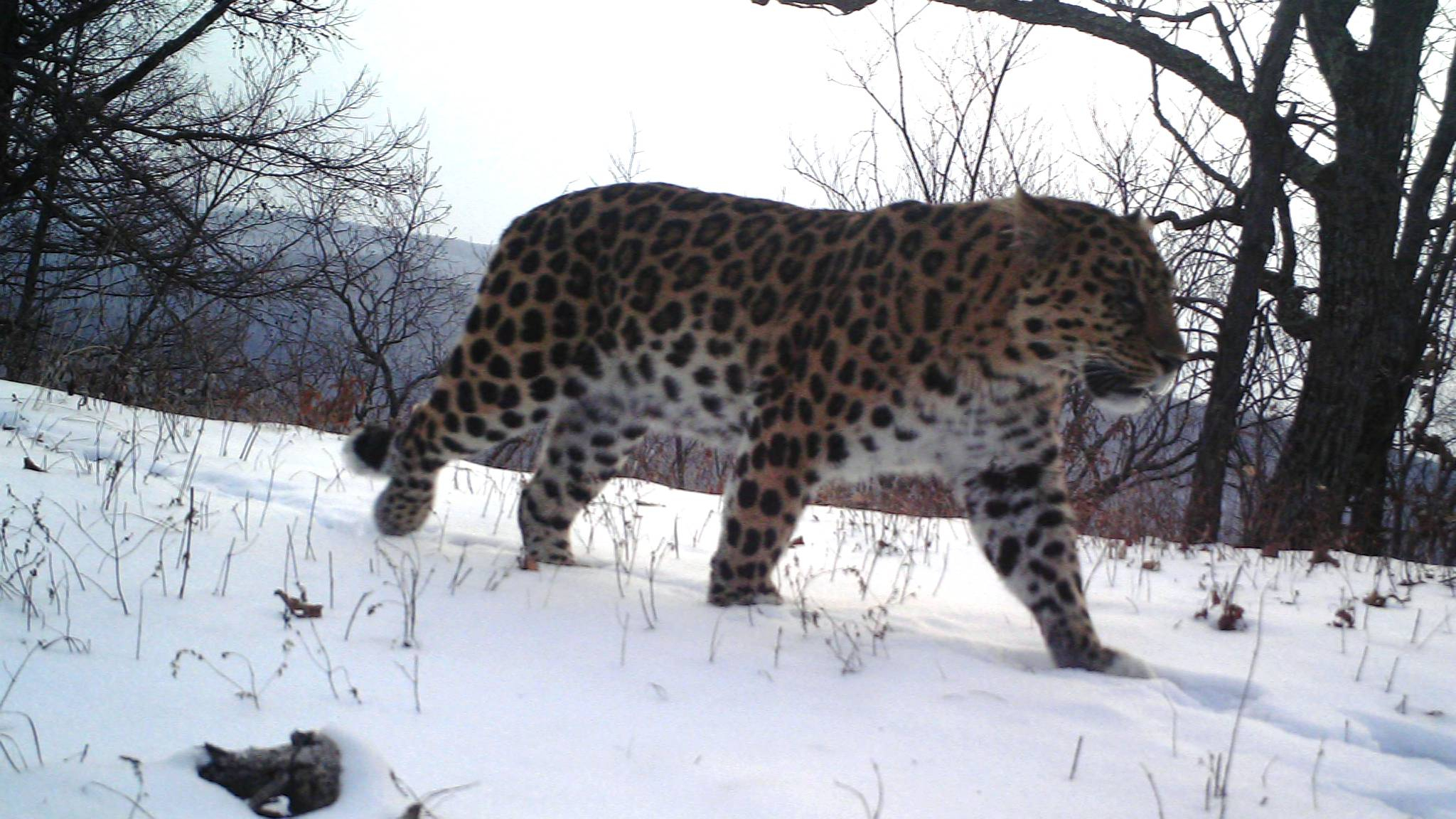
Siberian tiger caught on camera in the Northeast Tiger and Leopard National Park. /VCG Photo
Siberian tiger caught on camera in the Northeast Tiger and Leopard National Park. /VCG Photo
This vast region consists of complex forest types, notably the temperate broadleaf and mixed forest. The dominant broadleaf trees in this forest type are oak, beech, and birch; coniferous trees here include pine, fir, and spruce. This rich and complex forest is crucial in the food chain, of which the Siberian tiger is undoubtedly at the top.
The abundant oaks in this region produce acorns that attract smart Eurasian jays, squirrels, deer and wild boars. These animals, together with the Siberian tigers, build interesting relationships with each other that are significant to the balance of this unique ecosystem.
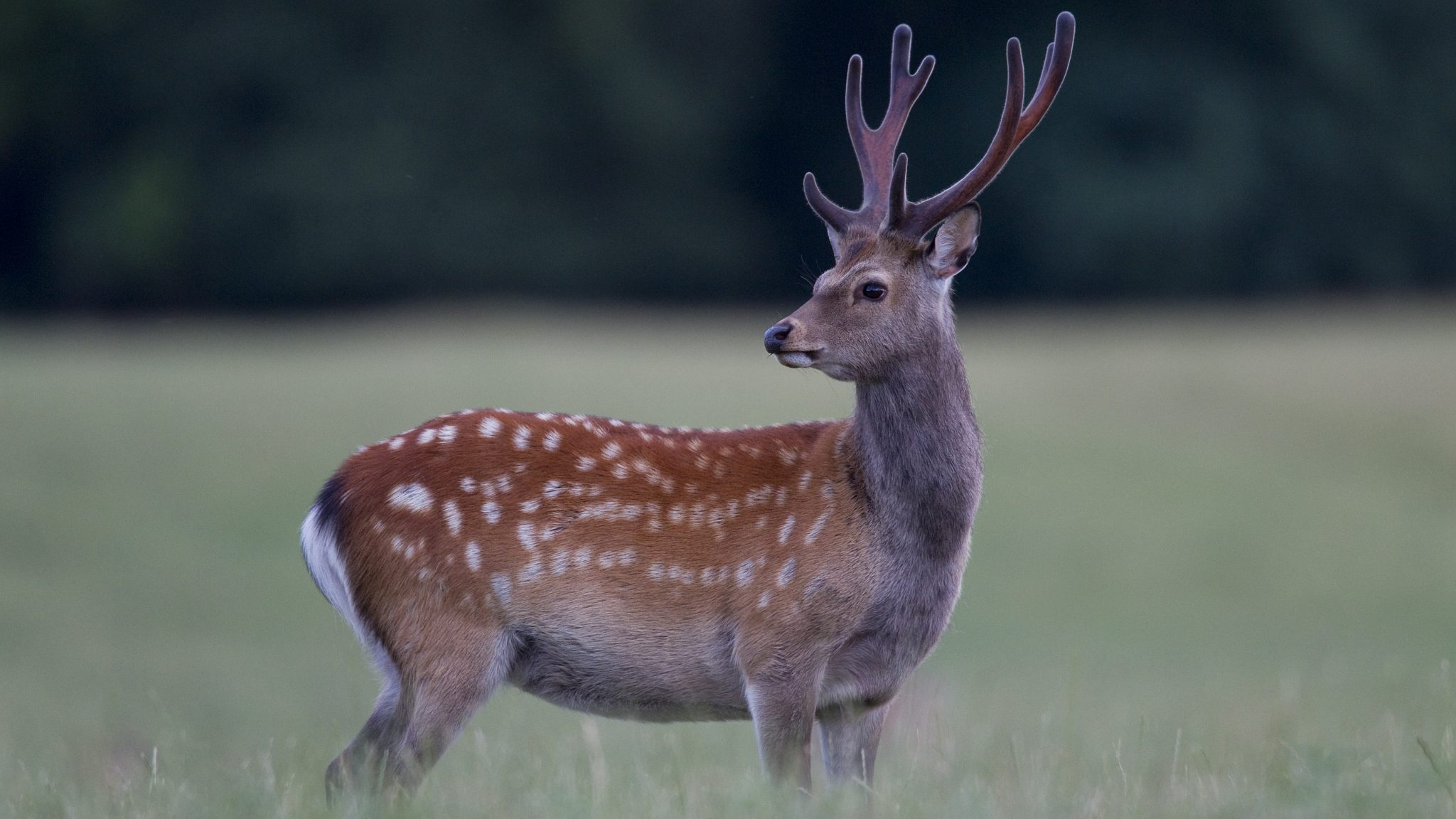
The presence of sika deer is a crucial indicator of healthy and high-quality forests. /VCG Photo
The presence of sika deer is a crucial indicator of healthy and high-quality forests. /VCG Photo
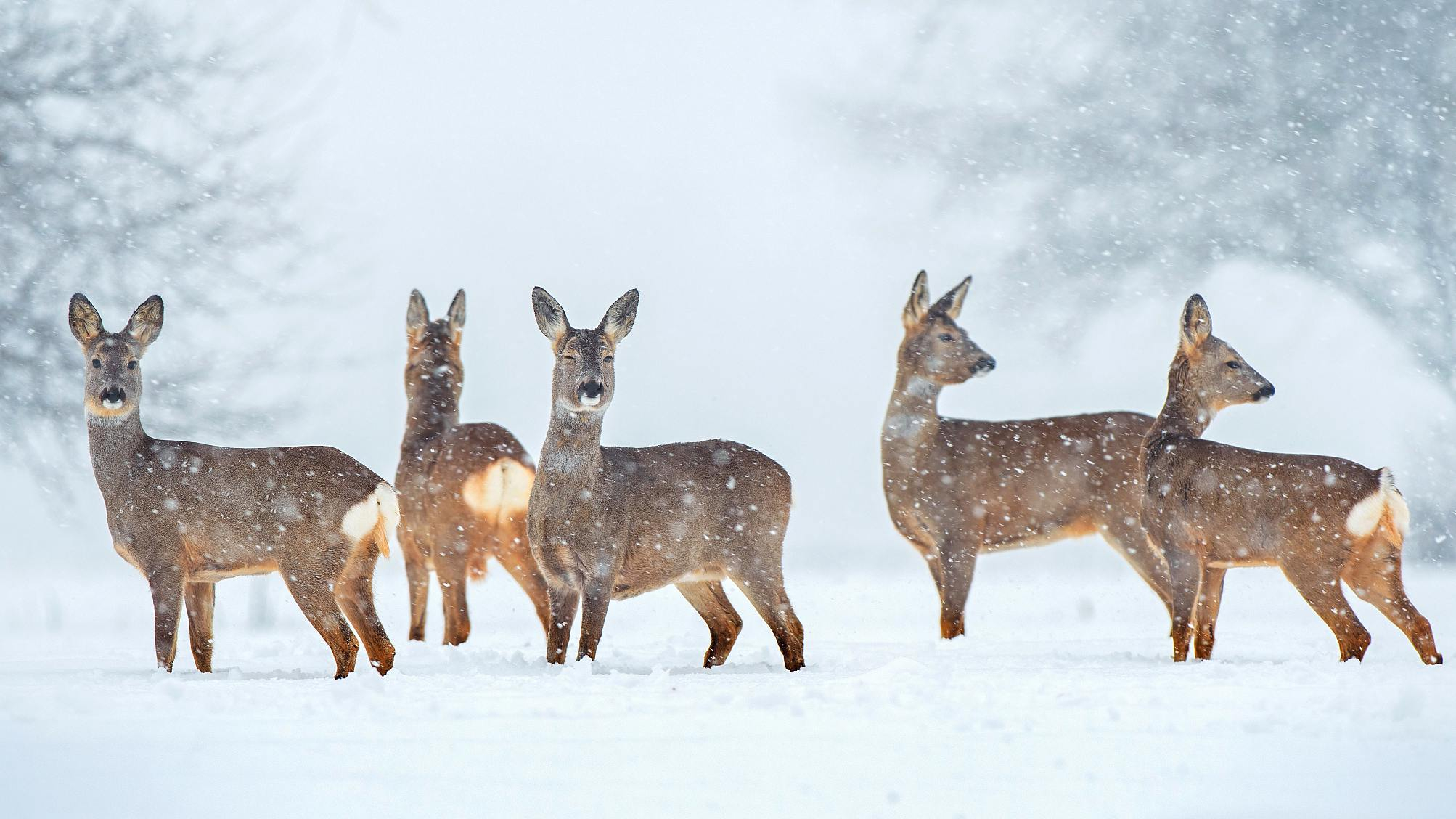
A herd of Siberian roe deer in the snow. /VCG Photo
A herd of Siberian roe deer in the snow. /VCG Photo
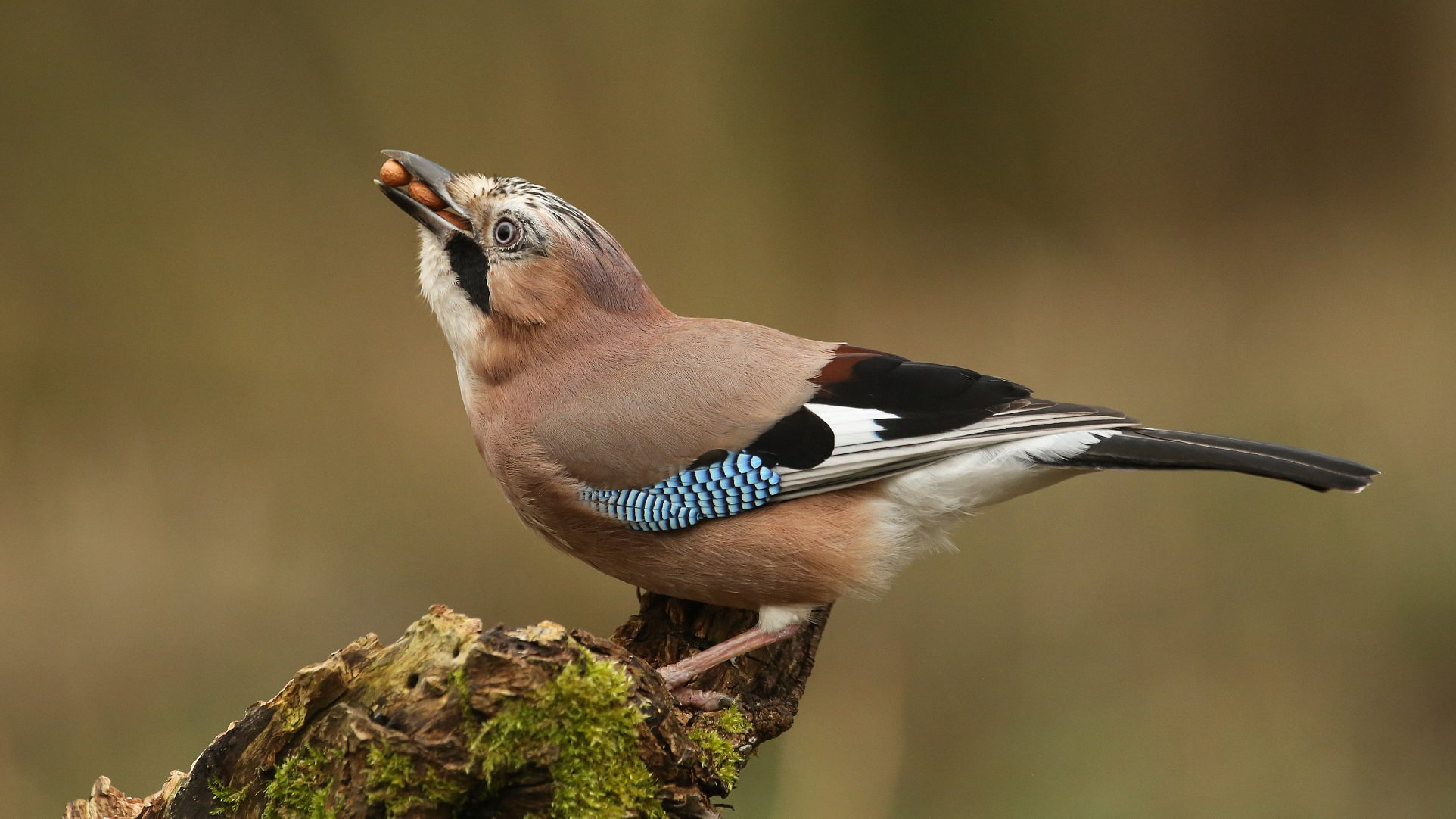
A foraging Eurasian jay. /VCG Photo
A foraging Eurasian jay. /VCG Photo
As oaks release acorns, the Eurasian jay will start collecting and storing acorns. They bury them in loose soil that was naturally grazed by some of the Siberian tiger's favorite preys: sika deer, Siberian roe deer, and wild boar. To return the favor from the deer, the Eurasian jay makes a harsh, rasping alarm call upon sighting a Siberian tiger from above. The deer would escape the potential predator swiftly as soon as it hears the call.
The presence of deer symbolize a high-quality forest. As a predator for deer, the Siberian tiger builds a subtle relationship with the deer. It sufficiently controls the growth of a healthy deer population by hunting the sick and weak members. It also adjusts the population density of deer, which prevents the spread of epidemic disease among the ungulates.
In winter, the footprints of Siberian tigers and deer merge on the snow in northeastern China, presenting a complex ecosystem on this land.

SITEMAP
Copyright © 2018 CGTN. Beijing ICP prepared NO.16065310-3
Copyright © 2018 CGTN. Beijing ICP prepared NO.16065310-3